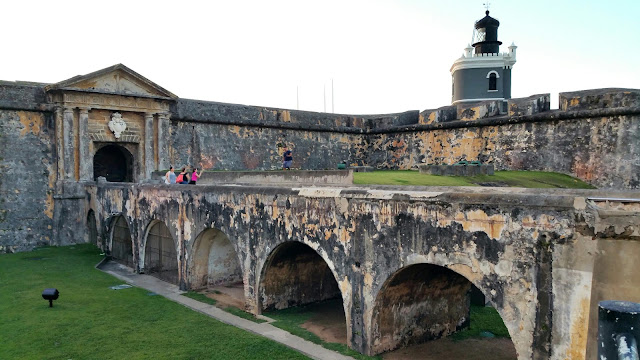No matter how well you maintain your boat, it's just not a good idea to leave it idle for two months here in the tropics. Since we have come back we have had numerous mechanical problems.
First and foremost we have been unable to get the generator running. We knew there was a problem with the injection pump and we had it rebuilt, but the generator still won't start.
Because our refrigeration only runs on 110, this means we have no refrigeration; only ice. Finding it, hauling it back to the boat, loading it into the box, and wedging small amounts of food on top of it really limits our food choices. But this is the Bahamas and food choices are already quite limited, so it's not that big a deal.
Our watermaker is also powered by the generator, so no watermaker either. No more daily fresh water showers. Instead we bathe in the sea and use lots of deodorant.
On our last passage the nut fell off the gooseneck pin and the front of the boom flopped down onto the dodger. We were able to lift the boom with a spare halyard and get the pin back in within minutes, but now the fabric is scuffed up and the paint is damaged on the boom.
And just today we noticed that the dinghy transom is coming apart from the pontoons. It's not even two years old! We'll contact Zodiac and ask their advice and try to patch it up in Georgetown.
When we were hit by lightning last August in the San Blas, we lost our wind indicator (and a lot of other stuff too) and that's never been replaced.
So now we guess at the wind speed, pay for water in 5 gallon jugs, drink warm beer, eat moldy cheese, probably stink a bit, and we just might be swimming ashore soon. Isn't cruising glamorous?


















































